There are many reasons you might be excited about growing your own vegetables. Enjoying fresh, organic veggies straight from your own garden can be good for your health, save you money and give you a great sense of satisfaction. It’s also a great activity for families and teaches kids about how things grow and where our food comes from.
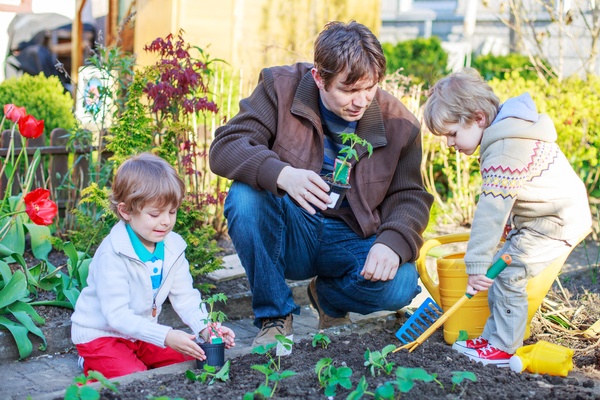
But before you start reaching for the seed catalogues, it’s worth having a good planning session and get yourself set up for success.
So let’s have a think about your new vegetable garden, starting with what to grow…
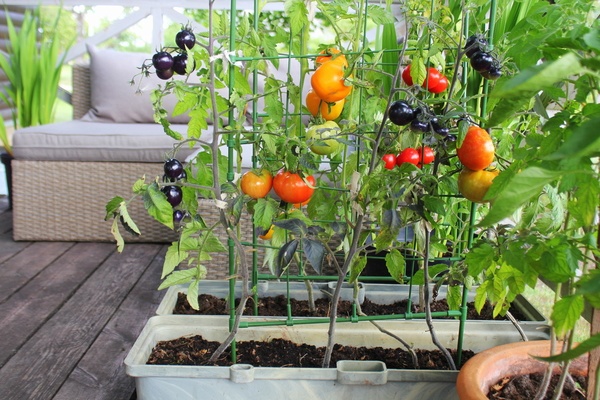
Choosing Which Vegetables To Grow
This is such an important step, and should be considered carefully. Yet I must admit that I’ve often found myself making decisions about what to grow while browsing the seed displays in the garden centre. Of course, it’s good to experiment and really there’s no limit to what you might try to grow. But, it’s about balance.
At the end of the day, you’ll have a finite amount of space (as covered in the next section), and a finite amount of time and resources. It’s important not to spread yourself too thin. Some years I’ve tried to grow everything at once – from corn to cabbages, rocket to radishes (which I don’t even tend to eat). My most successful crops have always been when I’ve concentrated my efforts on a few plants and looked after them well.
So, your first step when planning your vegetable garden is to make a considered short-list of veggies that you’d like to grow.
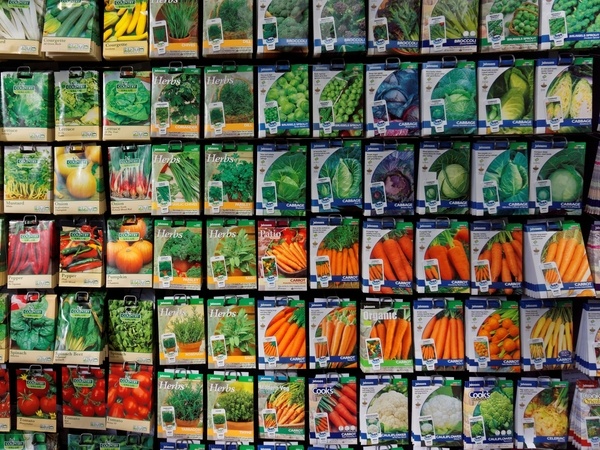
You might start with a longer list of items, and that’s ok. But once you’ve got everything written down on paper, it’s worth going through your list and considering the following criteria to whittle it down…
1) Do you actually like to eat it?
And that might seem a silly question, but still worth considering. Which vegetables do you get through the most at home? How do you use those items – for snacks, for meals, in your cooking? Could you store it easily or would you use it for other purposes – sauces / jams / to make wine etc…
2) Is it expensive / hard to buy in the shops?
I’ve often heard that it makes little economic sense to grow some vegetables, as they’re cheap and easy to get in the local supermarkets. Things like carrots, potatoes and onions can take up a fair bit of growing space, and they’re so cheap to buy – ask yourself if it’ll be worth it? I’m absolutely not saying that you shouldn’t grow these items. The organic produce from your garden will nearly always taste much better than the equivalent found in the supermarket. You might also like be able to discover and grow new varieties that aren’t commonly available in the shops. It’s just worth being aware that saving money is not always the best objective in some cases.
3) Will it grow in your garden?
In the next section we’ll look at defining your plot. It might be that you have plenty of space and things like aspect, soil type and other practical issues won’t cause any problems. However, if you’re limited by a lack of space, sunlight or optimum soil conditions, then compromises might need to be made. Perhaps you’re hoping to grow sweetcorn on your patio, onions on your balcony or chilies in your un-sheltered and shady back yard? I’m not saying that these things are impossible, but certainly, won’t be easy!
4) Is it easy to grow?
Once the growing season gets into full swing, it’s easy to get overwhelmed by the ongoing maintenance of your vegetable garden. How busy will you be with other things – work, family life, hobbies etc…? Are you planning to be away on holiday at all? Some plants are fairly self-reliant and others need ongoing intervention to keep them on track. Simply missing a day of watering in the mid-summer heat can completely ruin some crops and others can be decimated by slugs in the space of one evening. Choose plants that you’ll realistically be able to care for and defend from the elements. Look out for varieties that boast the ‘Award of Garden Merit’ from the Royal Horticultural Society. These will generally be less likely to require specialist care / growing conditions and be less susceptible to pests and diseases.
Defining Your Vegetable Plot
Having made a short list of the things you’d like to grow, it’s time to evaluate the outdoor space you have. The first step here of course, is to decide whereabouts your vegetable garden will be, and how much room you can afford to allocate.
In terms of location, the aspect will probably be the biggest factor. How sheltered is the spot and how much sun does it get? Some vegetables are hardier than others and while some will be okay in part shade, many will need a lot of sunlight in order to thrive.
So, choose a sunny location if you can and consider protection from harsh winds if necessary. You’ll also need to decide whether you’ll plant directly into the ground or if you’d like to use containers or raised beds. Of course, using the bare ground you already have is the cheapest and easier option, and should be quite suitable for most people. Certainly, if this is your first attempt then it would make sense to test things out for a season before going to any great expense.
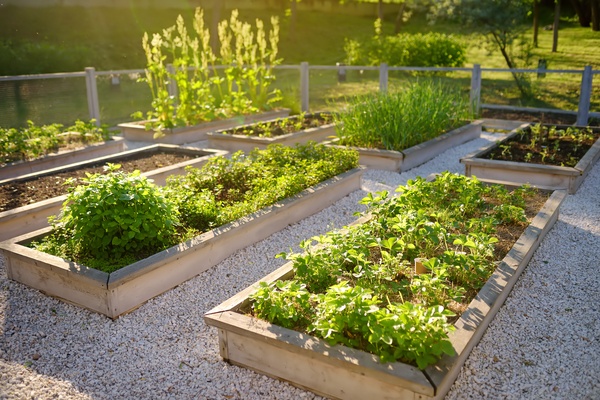
The next step in your planning, is to strike a compromise between the space you have available and the short-list you came up with before. In an ideal world, you’d be able to grow whatever you fancy and still have space left over for a deck chair. However, the reality is that unless you have a very large garden or allotment, then compromises will need to be made.
It’s usually wise to divide up your plot into sections and it helps a great to deal to draw things out, roughly to scale. Bear in mind that some plants can make good use of height – such as tomatoes and cucumbers. Things like onions, garlic or root vegetables tend to require a bit more lateral space. If you’re not sure exactly how much room the different plants will need, you could start to ‘window-shop’ for some of the items on your list and look at the sowing instructions and other information. Most garden centres and seed suppliers will provide some indication of the plant’s eventual height and spread.
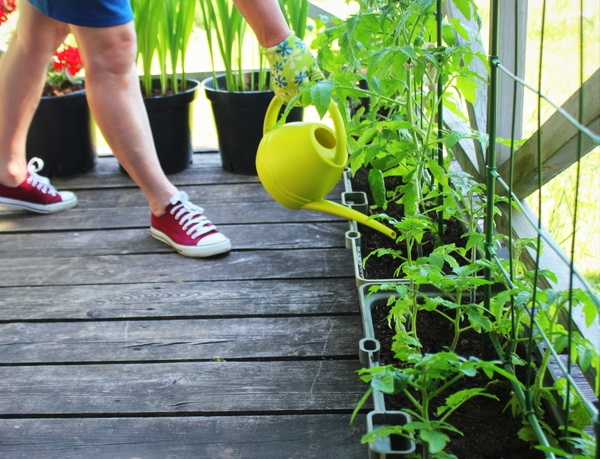
With a little bit of imagination, you should be able to sketch out a reasonably accurate plan of what will go where and roughly how many plants you’ll be able to accommodate. If you’re very short on space or working with a balcony garden or patio area, then it’s absolutely possible to grow fruit and vegetables in containers. There are many specifically designed products available for such things, such as fabric or plastic planters for root vegetables or grow bags pre-filled with compost for tomato and cucumber plants. Make the most of available height by planting climbing plants and hanging containers like strawberry planters.
10 Top Tips For Success
1) Start early
Although it’s hard to get much growing during the cold winter months, this is a great time for planning and preparing your plot. The late autumn and early spring is a good time to get busy getting your plot organised. Use the downtime to carry out structural work, such as building raised beds. You could also start preparing the soil (see tip no. 2) and some seeds can be started off indoors, on a sunny windowsill or in the greenhouse.
2) Get the soil right
Besides getting enough sun and water, most vegetable plants will benefit from the right soil type and plenty of nutrients. A neutral pH is usually best, but always check instructions on seed packaging. Adding organic matter early (such as manure) can be very beneficial, as it gives enough time for it to break down and improve the soil structure. You might also like to cover unused areas with cardboard or some kind of fabric. This will suppress weed growth and help to warm the soil for better seed germination.
3) Plan work load / harvest times
While things like tomatoes have a fairly late and short harvest, other vegetables can offer an earlier or extended cropping time. When selecting which varieties to grow, try to consider how things might ebb and flow throughout your growing season. Try to avoid making things difficult for yourself by having everything happening at the same time. With careful planning, you might be able to squeeze two growing cycles out of some areas of your plot by overlapping early and late varieties.
4) Make a seed store and organise seeds by month (how to store and organise seeds)
If you’re anything like me, then you might have a plethora of old seed packets, stuffed in various random places around your house and shed. Some seeds keep better than others and it’s usually recommended that older seeds are avoided – in order to achieve the best germination rates. Having a designated seed store can help you stay on top of your plans and avoid wastage, by keeping everything organised in one place. Most seeds are best kept in a cool place, away from direct sunlight and too much moisture.
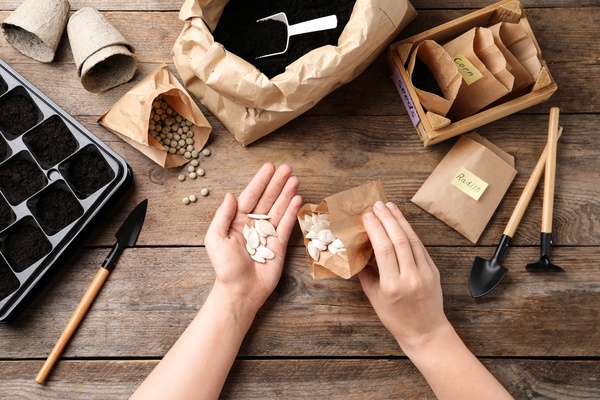
5) Draw your plot on scaled paper
When planning your layout, draw your plot layout as much to scale as possible. Sketching rough scale lines or using graph paper can really help to visualise accurately what will be possible, in terms of planting options. Consider ‘intercropping’ – planting two types of crop in close proximity to make the best use of the space or ‘catch cropping’ – adding fast-growing crops alongside main crops that will mature at different times.
6) Grow easy crops to begin with
This is especially important when starting out, as some easy wins can help with your enjoyment and build confidence. If you’re getting the kids involved then this is even more important, as planting and watering techniques may be less than ‘textbook’. It’s easy to get deterred when things go wrong, so give yourself a fighting chance and make life a little easier – plant easy-to-grow crops. Look for plants that are naturally suited to your local conditions and if possible, try AGM (Award of Garden Merit) plants – as recommended by the RHS.
7) Prepare for intruders (pests)
When it comes to defending your precious crops against pests it can feel like war! Slugs and snails are common enemies – particularly renown for decimating young seedlings before they can get established. Certainly, I’ve lost plenty of plants to these little critters. Other pests can be problematic for specific crops, such as Carrot Flies, Asparagus Beetles or Cabbage White Butterflies. The appropriate lines of defence will vary depending on the pest. In the first instance, the best thing you can do is run a quick bit of research on the crops you intend to grow and find out what you’re likely to be up against. The most obvious solution might be to physically stop the pests getting near your crops – with things like netting, cloches, tunnels and greenhouses. There are other natural things you can do, such as companion planting and crop rotation – covered in the next two tips…
8) Consider companion planting
It’s fascinating how nature sometimes provides its own solutions to common problems. Companion planting is an organic way to help your crops thrive by either assisting with pollination or helping to deter pests. Strongly scented plants like lavender, garlic or mint can be used to confuse potential flying intruders. Such plants can also be a magnet for pollinators like bees. Besides looking cheerful, flowers like marigolds and nasturtiums can be great for luring aphids away from beans. Have a search online for recommended companion plants for your crops and improve your chances for success.
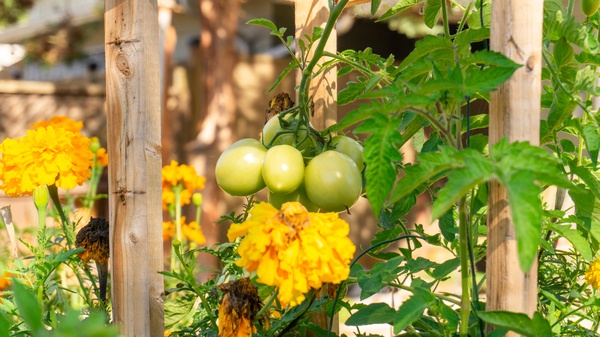
9) Use blocks of 4 for easy rotation
Vegetables plants all belong to different families, and plants from the same family might attract similar pests and diseases in the soil. Therefore, it’s been said for many years that rotating crop families periodically is good practice to try to mitigate this. Have a look at your plan and if you’ve used the plot for vegetables before, then consider how it compares to last year’s crops. Splitting up your plot into blocks of 4 can help with this, as you can use each block for different types of vegetable and keep them rotating around each year.
10) Start small
There are so many great varieties of fruits and vegetables you could grow in your garden, but that doesn’t always mean that you should. As I mentioned earlier, my most successful crops have always been when I focused on a handful of varieties that knew would be a) well suited to the space I have b) would be easy for me to maintain and c) would be well-used when it came to harvesting. I took on some space at the local allotment last year – with big plans and the best of intentions. Honestly, it was completely unmanageable with my current lifestyle – work…young kids…other projects…. I ended up loosing most of my plants there because I didn’t have the resources to maintain the plot. Meanwhile, my family and I spent the whole summer enjoying a constant supply of fresh tomatoes and cucumbers from the few plants I had at home in the garden. Start small, get it right and grow from there (pun intended!).
Final Thoughts
I hope this has been helpful and inspired you to get out and plan your own vegetable garden. It really is a fun and rewarding thing to do. Let us know how you get on and comment below. Which vegetables worked out the best? Do you have any tips you can share? We’d love to hear about how you get on. Happy growing!

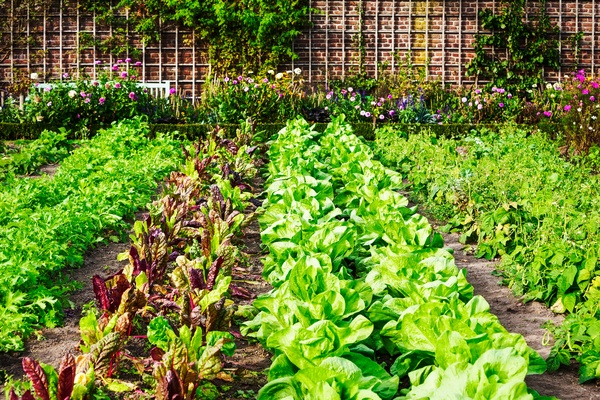
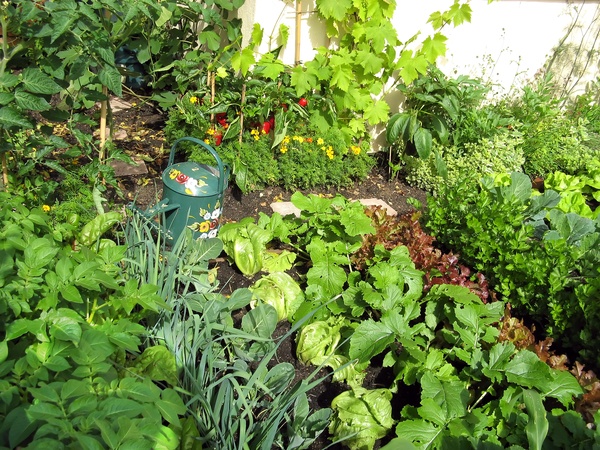
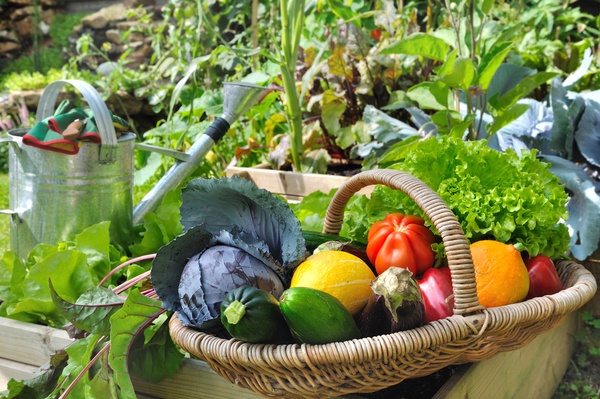
Hi
I used to think it is very straightforward but there are many things to consider. Few things, I was not aware of is pairing a plant and defending from pests. will give it a go as we were not able to grow plants in a garden. I like this content as it is very beautifully created. Also the soil type is critical.
Hi there thanks for your feedback. Companion planting is a great natural way to defend your plants against pests and has other benefits like attracting pollinators etc… Really glad that you enjoyed the content, good luck with your gardening!
Hey thanks for this post, it is a great guide when considering to plant begs at home especially for beginners like me!
I’ve always wanted to plant my own veggies, it’s fun watching them grow and seeing what you have created, like you have stated it’s also cheap and probably safer as you know what’s going into them but it is time consuming, still worth the effort right?
Do you know what veg would thrive well in winter?
Thanks again!
Thanks Sariyah, yes absolutely can be time consuming but worth it! I think it does get easier as you learn how to look after each type of plant and over time you can gradually improve your soil and learn what works where etc…
For winter veg, I must admit haven’t grown all that much myself – plan to try some this year though. It’s generally advised that the old staples like sprouts, winter cabbages, broccoli and kale are good as they’re very hardy and don’t seem to suffer too much in the cold weather. Some root veg like carrots and parsnips should do ok as well. Let us know how you get on. Happy growing!
Wow! What a great article on gardening! I know from my gardening experiences in Canada that the outdoor growing season is short and you must really consider the varieties you are growing. Tomatoes varieties suited for a short growing season must be grown. If you do not know this, you will never grow the tomato crop in time. Also, you must start your tomato plants inside or buy them already growing from a greenhouse if you wish to have a harvest. I would really enjoy reading an article on indoor gardening towers because I know they can save space and still provide bountiful crops. Fresh vegetables must be imported for much of the year in most northern countries and this can be very expensive. We definitely could use tips on indoor gardens!
Hi and thanks for your comment. Yes I’ve often found tomatoes are just starting to fruit as the weather begins to turn cold – as you say, growing the right variety makes things easier. Indoor towers sounds an interesting concept, but I should imagine that the biggest problem is getting enough light – many veg plants seem to need a LOT of light to thrive! I’ve had some great results starting seeds indoors under lights – amazing how much can be achieved early in the season with the right kit. Will look into writing some more around this in future articles… thanks.